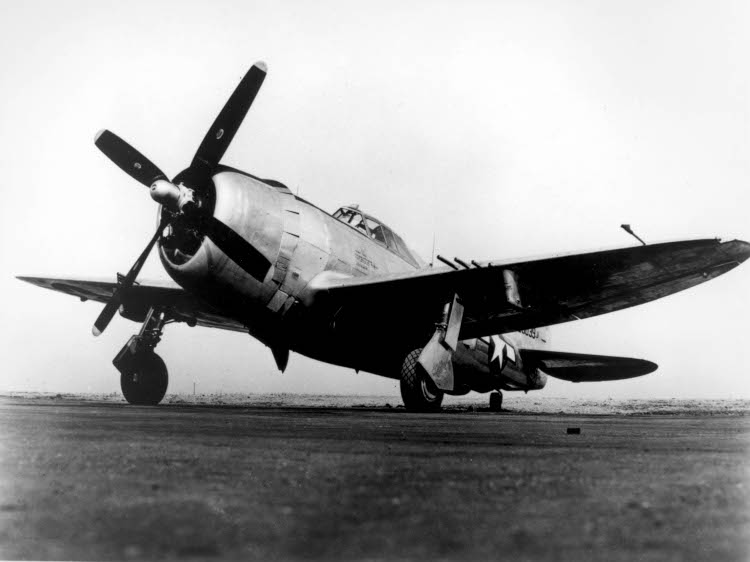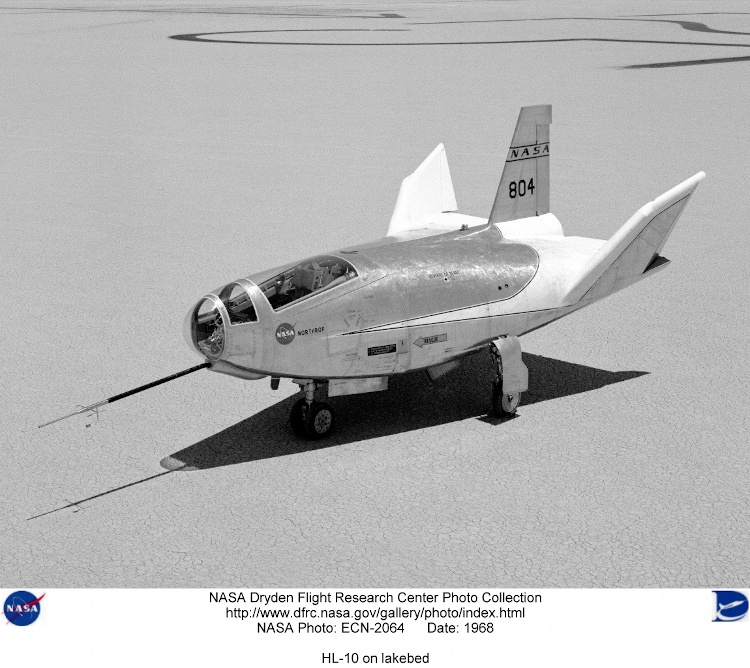Back when I was young and impressionable (as opposed to now when I’m old and cynical,) The Six Million Dollar Man debuted, and like many kids of that time, I was hooked. Not only did I make it a point not to miss an episode, my friend and I ripped around doing great feats of strength with items that gave the barest impression of being heavy and/or sturdy (and only occasionally running really fast – there aren’t as many opportunities for cool storylines regarding that.) This would continue, off and on, until Star Wars came out and we started blasting things instead. Don’t ask me why we never had any crossover adventures, nor why I was kind of annoyed when Luke received a bionic hand instead of a lab-grown organic one…
But there were two curious paths that this single influence led down for me. The first was noticing that the show was based on the book Cyborg by Martin Caidin, and some years afterward at a garage sale I found several books by the same author, including Cyborg IV, and so snatched them up. Cyborg IV was interesting and more than a little philosophical, but it was one called Thunderbolt! that captured my attention more. Caidin assisted with the autobiographical accounts of Robert S. Johnson, an American WWII pilot assigned to the European theater flying the Republic P-47 ‘Thunderbolt,‘ a single-engine fighter of massive proportions; it was predicted to perform poorly against the Luftwaffe’s Focke-Wulfs and Messerschmidts yet defied these expectations, becoming a major asset to the Army Air Force and one of the top fighters in the European theater. The firsthand accounts of the air war in Europe and the life of a fighter pilot fascinated me, starting a minor obsession that remains to this day. I even received a larger-scale model kit of the P-47 for my last birthday, soon to be reproduced faithfully as I get back into working on kits occasionally.

Another book, again by Caidin and obtained at the same time, assisted this path: Whip, which was a fictional account of a B-25 Mitchell squadron that removed the bomber’s station in the nose of the aircraft to replace it with guns, making the medium twin-engine bomber a strike fighter instead; this was an actual modification in WWII, though the events in Whip are fictional. Both of these books fostered my knowledge of WWII aircraft and tactics, not as much directly, but more that they provoked the interest that led to further reading. My attention to military weaponry has waned significantly, given the pacifism that I’ve largely adopted in the past decade or so, but the historical aspect remains, and the dogfights of WWII were a very specific moment in time that won’t be repeated: aircraft and tactics have changed drastically, and air combat now, when it takes place, is more often accomplished at significant distances, often completely out of visual range.
And then there’s the other, trivial thing from the opening credits of The Six Million Dollar Man: the crash that led to the bionic replacement limbs. The pilot episode also showed a few tantalizing glimpses of the aircraft, an experimental lifting body, which is an aircraft without wings that derives lift from the fuselage shape instead. This was a real NASA program, though it would be years before I could find out more about it, and the footage of the crash used in the opening credits was NASA film of an actual crash, as I was to discover long after my interest in Steve Austin’s slow-motion antics had faded. The lifting body program throughout the sixties was intended to design the next generation of spacecraft, able to land on a runway on return rather than necessitating an expensive and complicated water recovery, and I’ll spare you the engineering aspects of aircraft without wings or why they were necessary, despite having read quite a bit about them. The crash seen in the opening was of an M2-F2 piloted by Bruce Peterson, and his injuries were notably similar to Steve Austin’s – Caidin took his cue from this accident for his book, though Peterson recovered much better than Austin did and without the need of any prosthetics.
Yet the aircraft shown in the pilot episode, attached to the underwing of its mothership, was instead an HL-10, another aircraft in the program, and as far as I’m concerned, a much better-looking one. Both of these aircraft, and several others besides, did numerous flights examining the feasibility of lifting bodies, and this research led to the Space Shuttle Orbiter even though they scrapped the lifting body idea for that.

The HL-10 became a mild obsession for me, most especially trying to obtain a physical model – only one company has created one in a decent scale, and that’s rare, expensive, and made of resin (not my preferred medium.) The only detail plans that I’ve ever found are a bit sparse, but perhaps sufficient to create my own computer-model, and from there… what? Attempt to produce one on a 3D printer (which I do now have, though the results aren’t optimal)? Or hash it out the old-fashioned way with a superstructure of balsa and finishing putty? Perhaps something else entirely – but the intention is to produce a display model in some manner, and I know it won’t be easy.
But it is amusing that both of these minor obsessions were sparked by minimal references within an iconic yet cheesy action show from the seventies. Yes, we’ve long-ago established that I’m weird, stop belaboring the point…



















































